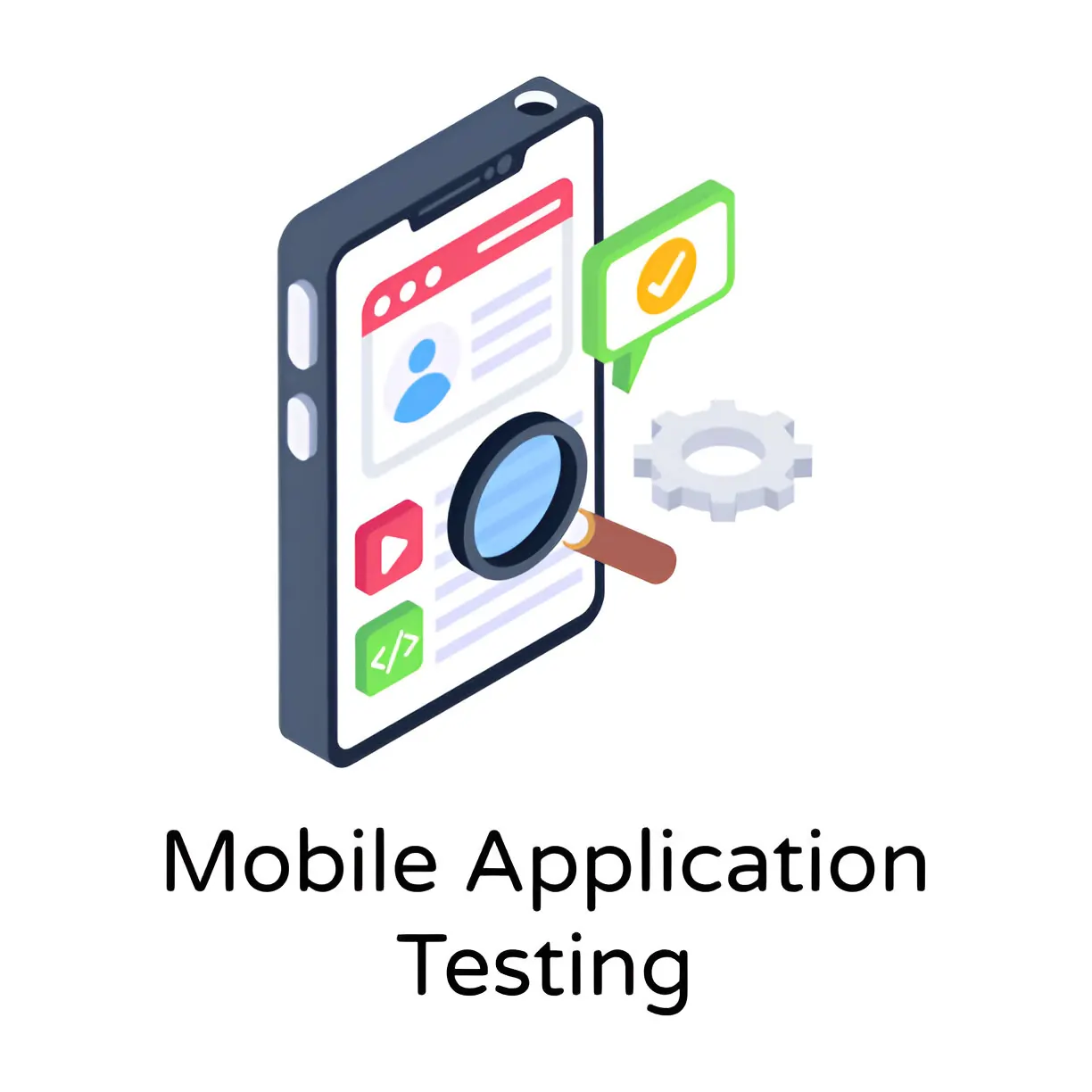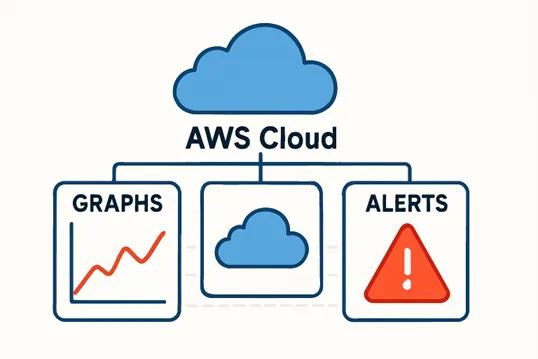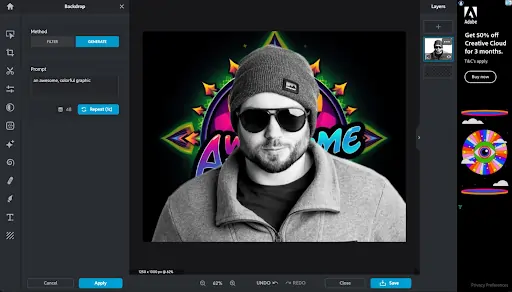In today’s mobile-oriented world, users expect seamless experiences regardless of whether they are on iOS or Android. Accordingly, cross-platform testing is no longer optional for developers and QA teams; it has become a requirement.
While some look for shortcuts like using an Android emulator for iPhone to run mobile-friendly tests, the reality is that true cross-testing goes far beyond emulation. In fact, such an approach is limited and unrealistic in regard to real-world use cases due to Apple’s and Google’s tight operating system restrictions.
This is where the Bi-Directional Appium Proxy model comes into the picture because the goal is not to try to emulate one platform using the other but rather to have simultaneous, synchronized interaction within the real Android and iOS environments.
Regardless of whether you are testing push notifications, live chat syncing, or workflows users are using on multiple devices, the bi-directional proxy model allows test automation tools like Appium to orchestrate and control both platforms in parallel, which makes cross-testing faster, smarter, and more dependable.
The Landscape of Cross-Platform Testing: Why It Matters
Mobile app developers no longer have the luxury of building for one platform. For a successful launch, they need to have their app available on both the App Store and Google Play. This means the QA burden increases and that they need to check how their app performs on all combinations of OS, screen resolution, UI framework, and hardware specifications.
Cross-testing becomes even more complex when features span both platforms. For example:
- A messaging app that needs to run end-to-end testing of real-time syncing between an iOS and Android user.
- A fitness app where health data that is collected on one platform must sync seamlessly with the other.
- A shopping app where notifications, deep links, or payments behave differently on iOS and Android.
These are not just edge cases; they are core use cases for millions of mobile applications today.
Enter Appium: The Unifying Force
Appium is the new industry standard for test automation in mobile technology. Whether you are targeting iOS or Android, Appium enables developers to write their tests using the same API. You can write tests in the programming languages and frameworks you enjoy and use that same codebase to automate across mobile platforms.
But traditional Appium use is unidimensional. That is, you configure your test scripts to control an instance of an Android device or an iOS device, but usually, you do not do both in an alternating or integrated way.
The Bi-Directional Appium Proxies expands on that concept and turbocharge it. They enable instances of Appium controlling various types of devices to communicate with each other in real-time, providing testers with a way to set automation across platforms that would have been inaccessible before.
Why Not Just Use Emulators or Simulators?
It’s a good question. Both emulators and simulators are part of the mobile testing landscape. But they can only get you so far.
- iOS simulators do not support all hardware features.
- Android emulators are slow and resource-consuming.
- You can’t run Android emulators on iOS because of OS restrictions.
- Running real-time interactions between simulators can often introduce flaky behavior.
Although emulators and simulators provide quick means to test units or basic UI flows, they can fall short in real-world scenarios, particularly when involving hardware features such as push notifications, Bluetooth, or real-time sync.
For instance, using an Android emulator on Mac setup could be preferred during early phases of development, but they rarely capture the complexity that is associated with real device behavior. Given these considerations, many teams are choosing to invest in a physical device farm or use cloud testing services to ensure the app works seamlessly across the different range of platforms.
One of the best cloud-based services used by developers and testers is LambdaTest. It is a GenAI native test execution platform that allows for cross-device and cross-browser testing. It also supports real device testing and parallel testing in over 3000+ environments. With LambdaTest, one can test their application on both Android and iOS devices.
Key Benefits of Bi-Directional Appium Proxies
Let’s explore why this approach is a game changer for cross-platform QA:
True Parallelism
When testing interactions across devices, most tests need to execute at the same time. Bi-directional proxies retain better synchronization of test execution across iOS and Android devices without relying on some clunky time delays or chained scripting.
Platform-Agnostic Communication
You don’t have to write separate logic for device coordination on Android and iOS. Logically, the proxy is just doing the communication and abstracting the platform’s differences and allowing your test flow to remain consistent.
Fewer False Negatives
A lot of tests fail due to timing or latency differences between separate devices. Bi-directional proxies facilitate test execution such that commands and responses are delegated and not subject to timing, so they reduce test flakiness.
More Complex Test Scenarios
Wish to test if the delivery of push notifications from one device to another is successful? Or do you want to establish a multi-user environment where one user is using an iOS and the other one is using an Android? This is when bi-directional communication begins to shine.
Cost-Efficiency
You don’t need to pay a huge amount for a platform-specific test framework or a third-party tool. Because of Appium’s extensibility and the straightforwardness of the proxy design, you can build on to your existing infrastructure with little additional cost.
Implementing the Strategy: What You Need
In general, here’s what a basic bi-directional Appium proxy looks like:
- Two or more instances of the Appium server, one for iOS and another for Android.
- A coordination server or proxy layer to coordinate communication between the two.
- Some shared event queues or message brokers, such as WebSockets, Redis, or even lightweight HTTP endpoints.
- Device access, either physical devices or access via cloud-based platforms.
- A framework for orchestrating tests that can trigger and manage both sets of tests in unison.
While there are tools like Selenium Grid that will orchestrate tests for you, they don’t provide bi-directional capabilities specifically for mobile use cases. This is where you can build or customize your proxy to ensure Appium clients remain aware of each other’s actions.
Challenges and Considerations
While this strategy is promising, it’s not without its challenges:
- Network Latency: When implementing cloud devices, be aware of latency between test orchestrators and devices, so sync problems can be avoided.
- Error Handling: Your test framework should be able to robustly recover in the case of a single device failure.
- Security: In case you conduct your proxy layer over the internet (e.g. to conduct a cloud test), make sure it is secured properly to prevent data leaks.
- Scalability: If you will do large-scale testing (such as CI pipelines), you will want your proxy and orchestration logic to scale on tens of devices.
That said, these are solvable issues, and the benefits are worth it when your goal is thorough cross-platform QA.
The Future: Smart Orchestration through AI
With machine learning and artificial intelligence making their way into the testing space, expect to see smarter orchestration engines that can predict and dynamically update test flows seamlessly. Imagine a system that could adjust the test’s speeds based on the performance of the devices or skip over test flows that have already been validated.
Bi-directional proxies will be critical in enabling these advanced workflows. A proxy combined with intelligent test runners and intelligent analytics will be the basis for the next generation of unified mobile testing.
Final Thoughts
The reliance on extensive coordination and automation for seamless mobile experiences across both iOS and Android has never been emphasized more. Simply testing in separate units is ineffective when testing real-time experiences, checking for push notifications, and multi-user features. Bi-directional Appium proxies expand mobile testing capability.
Instead of separate, disconnected test cases, innovative QA teams are now embracing shared, coordinated mobile testing. The ability to test how users behave—across devices, platforms, and operating systems—is the gold standard.
You may not be able to run an android emulator for iPhone, but you have more tangible, scalable solutions. Rather than emulating, just connect. Rather than restricting ourselves to steps around the platforms, let us bring those platforms together in an intelligent way.
Whether you are testing with real devices or some cloud-based infrastructure or using an android emulator mac setup in your testing, we should take the implications of bi-directional coordination seriously in our mobile testing strategies.
Read more: How to Scale a Global Team Without a Physical Office – Reptile Guided





